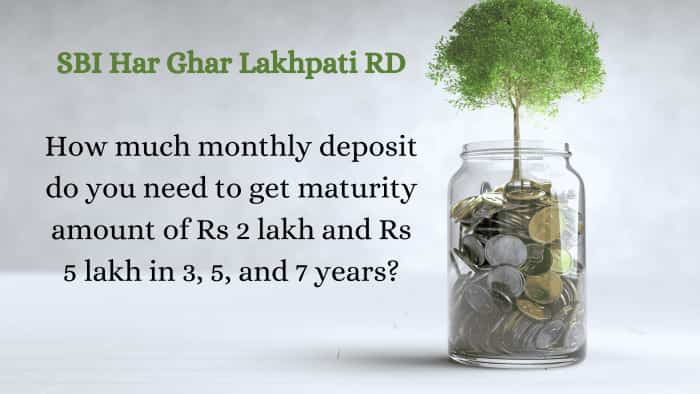UPS vs OPS: What are key differences between Unified Pension Scheme and Old Pension Scheme | Know here
UPS vs OPS: Although Ashwini Vaishnaw has explained the details of the UPS, there is still confusion among the people. Most of them struggle to understand the key differences between the old pension scheme and the unified pension scheme. Here are four key differences between the Unified Pension Scheme and the Old Pension Scheme that every employee should know:
)
UPS vs OPS: Recently, the Modi government launched the Unified Pension Scheme (UPS), which is being touted as a significant improvement over the National Pension Scheme (NPS). Many people are also comparing it with the Old Pension Scheme (OPS). Although Ashwini Vaishnaw has explained the details of the UPS, there is still confusion among the people. Most of them struggle to understand the key differences between the old pension scheme and the unified pension scheme. Here are four key differences between the Unified Pension Scheme and the Old Pension Scheme that every employee should know:
1. Method of Pension Calculation
Both UPS and OPS provide pensions to government employees, but the calculation methods differ. Under UPS, the pension is calculated as 50 per cent of the average basic salary over the last 12 months before retirement. In contrast, OPS calculated the pension as 50 per cent of the basic salary for the last month of service. Therefore, if an employee is promoted shortly before retirement and their salary increases, they may receive a lower pension under UPS compared to OPS, due to the 12-month average calculation.
2. Employee Contribution
According to IANS, similar to the NPS, employees must contribute 10 per cent of their salary (basic + DA) under UPS. However, the government’s contribution has increased to 18.5 per cent, up from 14 per cent. In OPS, no contributions were required from employees, meaning they received a pension without any deductions from their salary.
3. Lump Sum Amount and Its Impact on Pension
UPS provides a lump sum payment at retirement, calculated as one-tenth of the basic salary and dearness allowance for every six months of service. This lump sum does not affect the monthly pension amount. This is an improvement over OPS, where the lump sum received at retirement would reduce the monthly pension amount.
4. Higher Minimum Pension in UPS
UPS guarantees a minimum pension of Rs 10,000 per month for those who have worked at least 10 years in a government job. In comparison, the current minimum pension after 10 years of service, as per the government's pensioners' portal, is Rs 9,000 per month.
Get Latest Business News, Stock Market Updates and Videos; Check your tax outgo through Income Tax Calculator and save money through our Personal Finance coverage. Check Business Breaking News Live on Zee Business Twitter and Facebook. Subscribe on YouTube.
RECOMMENDED STORIES

'Bengaluru, absolute traffic hell...: City's congestion worsens as HSR Layout flyover shuts for metro work, netizens irked

Gratuity Calculation: What will be your gratuity on Rs 40,000 last-drawn basic salary and 5.2 years of service?

8th Pay Commission: Can basic pension cross Rs 3 lakh mark in new pay commission? See calculations to know its possibility?

SBI 444-day FD vs Central Bank of India 444-day FD: Which can provide higher maturity on Rs 5,00,000, Rs 7,00,000 & Rs 10,00,000 deposits?

UPS vs NPS vs OPS: Last drawn basic pay Rs 100,000; pensionable service of 30 years; what can be your monthly pension in each?
10:05 PM IST









 Are you having trouble opening a NPS account via Aadhaar; this is what you should do
Are you having trouble opening a NPS account via Aadhaar; this is what you should do Budget 2019 expectations: Long term capital gains (LTCG) tax on ULIPs, NPS equity returns?
Budget 2019 expectations: Long term capital gains (LTCG) tax on ULIPs, NPS equity returns?  Now, mobile app introduced for national pension scheme subscribers
Now, mobile app introduced for national pension scheme subscribers All you need to know about investing in National Pension Scheme
All you need to know about investing in National Pension Scheme